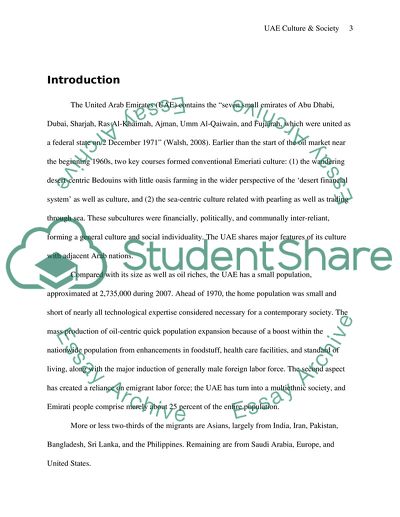Cite this document
(The United Arab Emirates and its Subcultures Research Paper, n.d.)
The United Arab Emirates and its Subcultures Research Paper. Retrieved from https://studentshare.org/culture/1775542-uae-culture-and-society
The United Arab Emirates and its Subcultures Research Paper. Retrieved from https://studentshare.org/culture/1775542-uae-culture-and-society
(The United Arab Emirates and Its Subcultures Research Paper)
The United Arab Emirates and Its Subcultures Research Paper. https://studentshare.org/culture/1775542-uae-culture-and-society.
The United Arab Emirates and Its Subcultures Research Paper. https://studentshare.org/culture/1775542-uae-culture-and-society.
“The United Arab Emirates and Its Subcultures Research Paper”, n.d. https://studentshare.org/culture/1775542-uae-culture-and-society.


